Now operating in Ontario, Canada
What is Solar Gain?
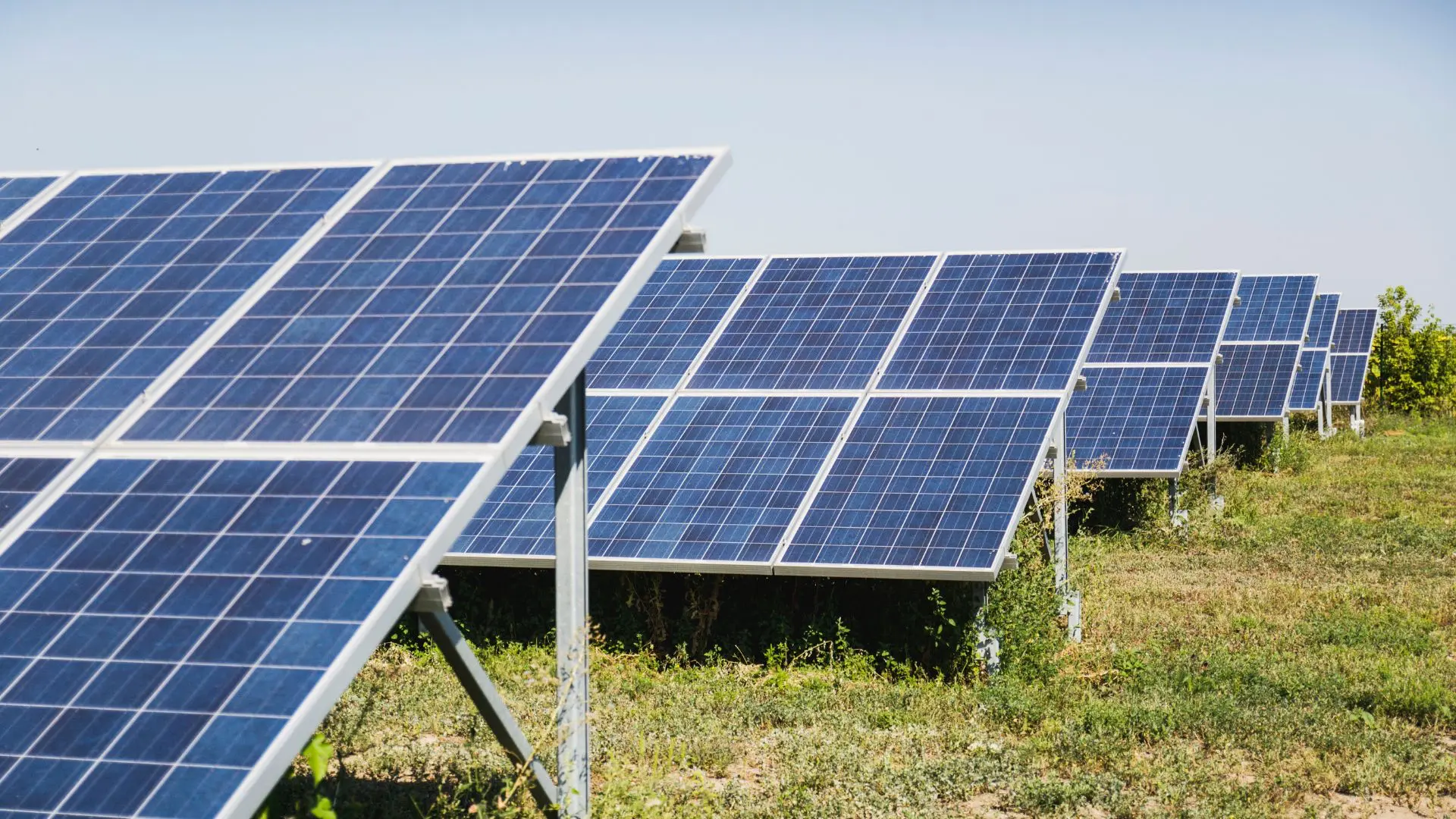
Like passive solar systems, active systems rely on capturing solar power, the collectors windows in a passive solar house and PV modules or thermal panels in active solar applications need to be exposed in Sun’s path. In the northern hemisphere windows or PV modules on the north side of the house or roof will not provide significant solar power.
Understanding Solar Gain:
Solar gain refers to the amount of solar radiation absorbed by a building or solar collector, which contributes to heating or energy generation. In passive solar systems, such as passive solar houses, solar gain occurs naturally through the design and orientation of the building’s features, such as windows and thermal mass materials. Active solar systems, on the other hand, utilize technology such as photovoltaic (PV) modules or solar thermal panels to capture and convert solar radiation into electricity or heat.
Maximizing Solar Gain in Passive Solar Systems:
Passive solar systems rely on architectural design principles to maximize solar power and minimize energy consumption for heating and lighting. Key elements include south-facing windows, thermal mass materials, and proper insulation to enhance heat retention. South-facing windows allow for maximum exposure to sunlight during the winter months when the sun is lower in the sky, while thermal mass materials absorb and store heat during the day, releasing it gradually to maintain comfortable indoor temperatures.
Optimizing Solar Gain in Active Solar Systems:
In active solar systems, such as PV modules and solar thermal panels, maximizing solar power involves positioning the collectors or modules in locations with optimal exposure to sunlight. In the northern hemisphere, this typically means placing solar collectors on the south-facing side of a building or rooftop to capture the maximum amount of solar radiation throughout the day. Proper orientation and tilt angle are also important factors to consider for maximizing solar gain and energy production.
Challenges and Considerations:
While solar gain offers significant benefits in terms of energy efficiency and sustainability, it is essential to consider potential challenges and limitations. Factors such as shading from nearby structures or vegetation, changes in solar angle throughout the day and seasons, and local climate conditions can impact the effectiveness of solar gain in both passive and active solar systems. Additionally, careful planning and design considerations are necessary to balance solar gain with other building requirements such as daylighting, ventilation, and aesthetic considerations.
Conclusion:
Solar power plays a crucial role in harnessing the abundant energy of the sun for heating, lighting, and electricity generation in both passive and active solar systems. By understanding the principles of solar gain and implementing effective design strategies, buildings and solar energy systems can maximize energy efficiency, reduce environmental impact, and contribute to a more sustainable future. As technology advances and awareness of renewable energy grows, solar power will continue to be a cornerstone of solar energy integration in buildings and communities worldwide.
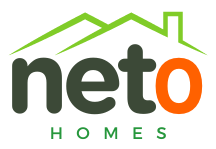
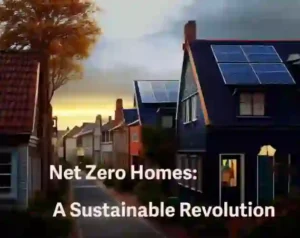
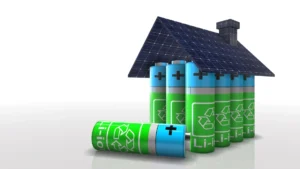
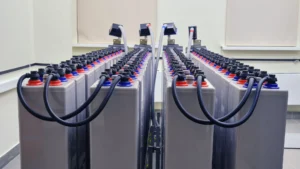

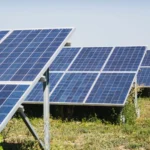



[…] fuel shortages, renewable energy provides a reliable alternative, ensuring a stable and resilient energy supply for homes and […]
Well said.
Green homes offer a sustainable and cost-effective approach to modern living, benefiting both homeowners and the planet for generations to come.